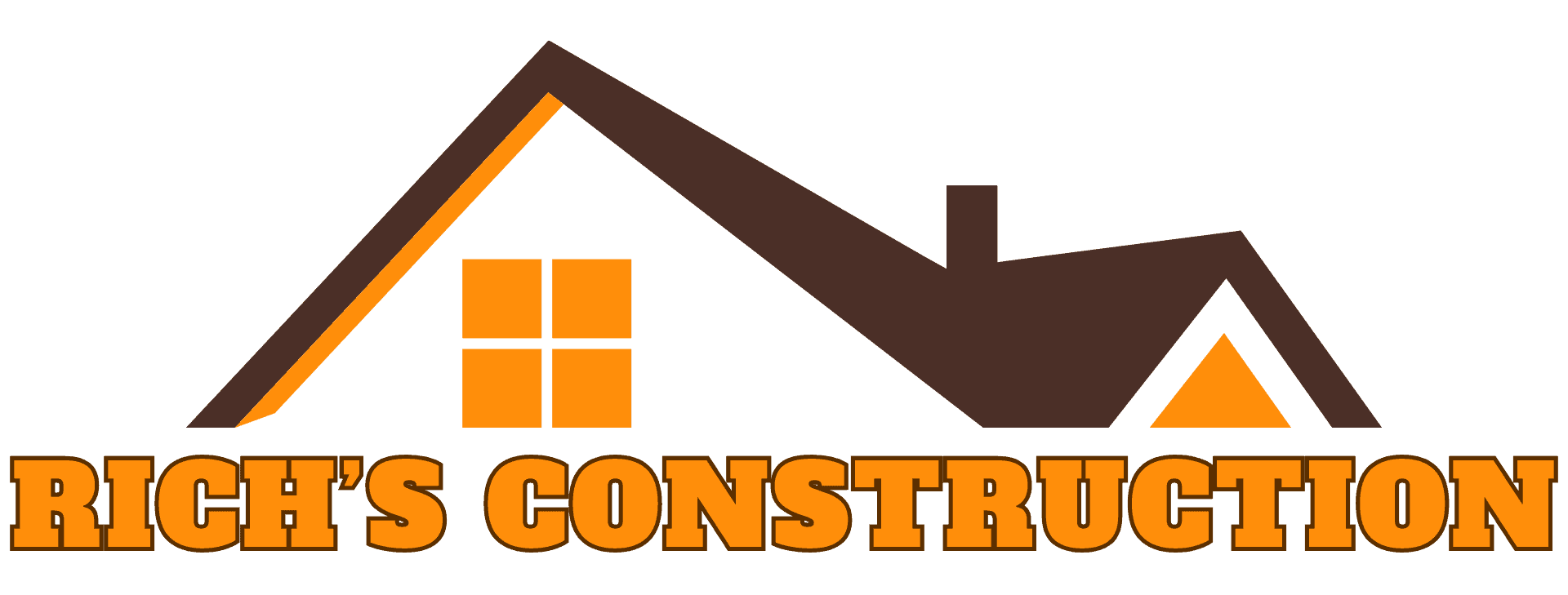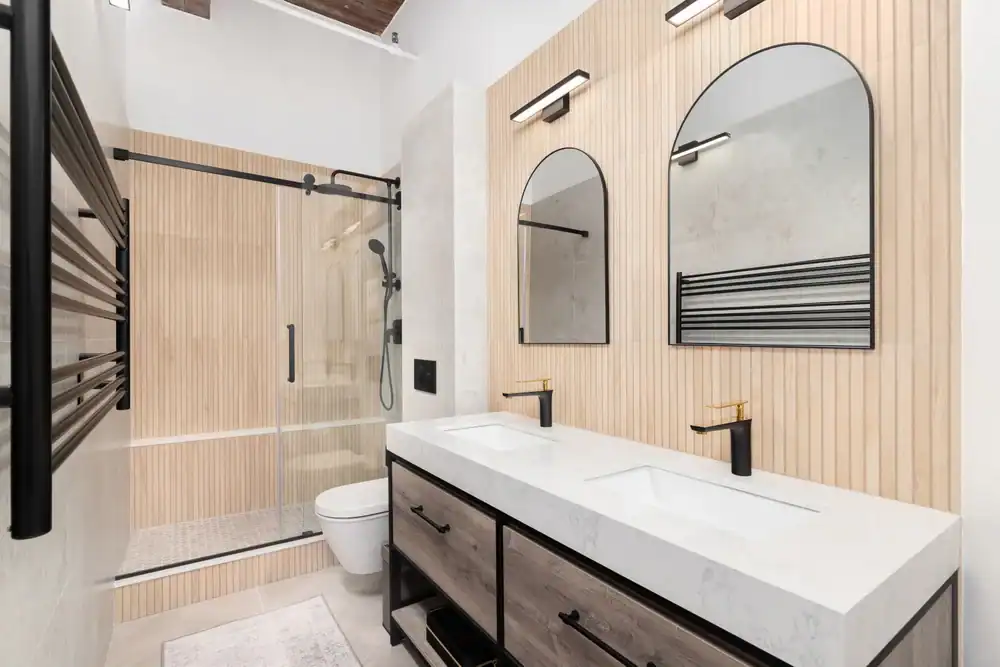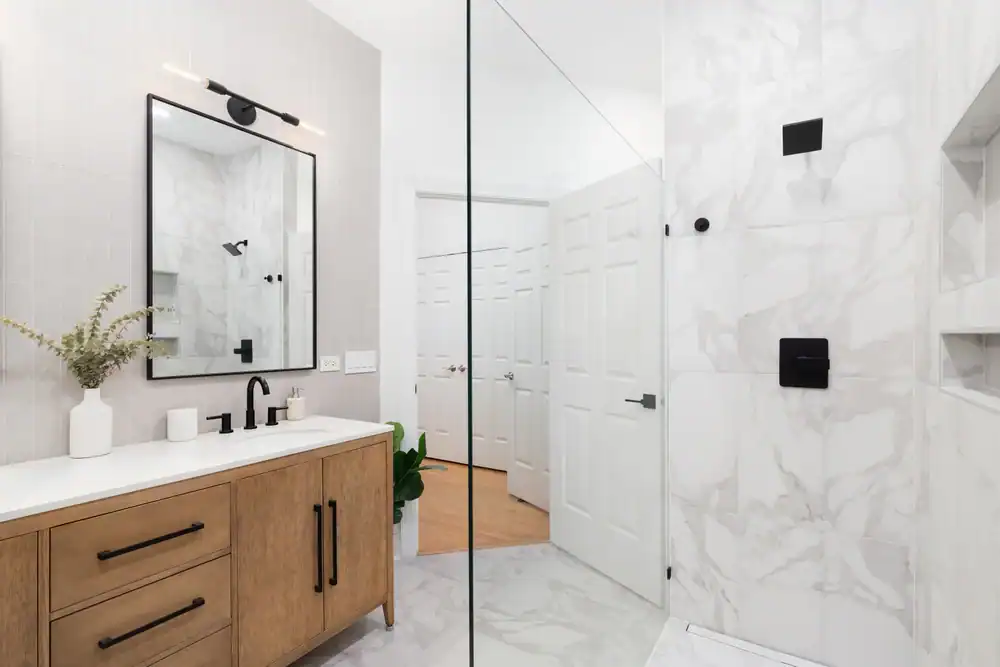Summary:
When Home Improvements Make Financial Sense in Suffolk County
The math behind home improvements isn’t just about what you spend versus what you get back. In Suffolk County, where median home values hover around $650,000 and properties sell within 30 days, strategic improvements can accelerate your equity building significantly.
Kitchen remodels typically recoup 96% of their cost, while bathroom updates and energy-efficient windows often return 80-90% of your investment. But the real value lies in positioning your home competitively in a market where buyers have high expectations and limited inventory.
The key is understanding which improvements align with local buyer preferences and which ones simply drain your budget without meaningful returns.
Calculating the True Cost of Waiting vs. Acting Now
Every month you delay necessary improvements, you’re potentially losing money in multiple ways. First, there’s the ongoing damage factor—that small roof leak becomes structural damage, and outdated electrical systems become safety hazards that scare away buyers.
But there’s also the opportunity cost in Suffolk County’s appreciating market. While you’re debating whether to renovate, comparable homes with updated kitchens and bathrooms are capturing premium prices. The difference between a dated home and a refreshed one can easily be $50,000 or more in final sale price.
Consider this: if your home would sell for $600,000 as-is but could command $680,000 with a $40,000 kitchen renovation, you’re looking at a net gain of $40,000 plus the benefit of living in an improved space. Factor in Suffolk County’s 8.5% annual appreciation on the higher value, and the numbers become even more compelling.
The timing sweet spot often comes down to your personal timeline. If you’re planning to sell within 2-3 years, strategic improvements make financial sense. If you’re staying put for a decade or more, focus on improvements that enhance your daily life while maintaining broad market appeal.
Understanding Suffolk County's Unique Market Factors
Every month you delay necessary improvements, you’re potentially losing money in multiple ways. First, there’s the ongoing damage factor—that small roof leak becomes structural damage, and outdated electrical systems become safety hazards that scare away buyers.
But there’s also the opportunity cost in Suffolk County’s appreciating market. While you’re debating whether to renovate, comparable homes with updated kitchens and bathrooms are capturing premium prices. The difference between a dated home and a refreshed one can easily be $50,000 or more in final sale price.
Consider this: if your home would sell for $600,000 as-is but could command $680,000 with a $40,000 kitchen renovation, you’re looking at a net gain of $40,000 plus the benefit of living in an improved space. Factor in Suffolk County’s 8.5% annual appreciation on the higher value, and the numbers become even more compelling.
The timing sweet spot often comes down to your personal timeline. If you’re planning to sell within 2-3 years, strategic improvements make financial sense. If you’re staying put for a decade or more, focus on improvements that enhance your daily life while maintaining broad market appeal.
Strategic Decision Framework: Repair, Remodel, or Replace
The repair-versus-replace decision often comes down to a simple formula: if the repair costs more than 50% of replacement value and the item is more than halfway through its expected lifespan, replacement usually makes more sense.
But in Suffolk County’s market, you need to add another layer: buyer perception. A patched roof might function fine, but buyers see a potential problem. A new roof becomes a selling point that justifies premium pricing.
This framework helps you think beyond immediate costs to long-term value creation, especially important in a market where homes sell quickly to discerning buyers.
The 50% Rule and When to Break It
The traditional 50% rule suggests replacing rather than repairing when costs exceed half the replacement value. In Suffolk County’s premium market, this rule needs adjustment for buyer psychology and market positioning.
Take HVAC systems as an example. If your 15-year-old system needs $3,000 in repairs but replacement costs $8,000, the 50% rule suggests repairing. However, in Suffolk County’s competitive market, a new, energy-efficient system becomes a selling point that can justify higher pricing and faster sales.
The same logic applies to windows, roofing, and major appliances. Buyers here expect updated, efficient systems, and they’re willing to pay premiums for homes that won’t require immediate attention after purchase.
Consider breaking the 50% rule when: the item significantly impacts buyer perception, energy efficiency improvements provide ongoing savings, or when bundling multiple updates creates a cohesive improvement story that justifies premium positioning.
The key is viewing each decision through the lens of total return on investment, not just immediate repair costs. Sometimes spending more upfront creates disproportionate value in terms of sale price, time on market, and buyer appeal.
Maximizing Home Equity Through Strategic Timing
Timing your improvements strategically can multiply their impact on your home equity. In Suffolk County’s appreciating market, the right improvements at the right time can accelerate your wealth building significantly.
Spring improvements often yield the highest returns, as buyers are most active and can envision themselves in updated spaces. However, contractors are also busiest and most expensive during peak season. Fall and winter improvements might cost less and position your home perfectly for spring selling season.
Consider your personal timeline alongside market timing. If you’re planning to sell within two years, focus on high-impact, high-return improvements like kitchens, bathrooms, and curb appeal. If you’re staying longer, prioritize improvements that enhance your daily life while maintaining broad appeal.
The compound effect matters too. A home that’s consistently maintained and strategically improved often appreciates faster than the overall market. In Suffolk County, where buyers have high expectations, this can translate to significant equity gains over time.
Don’t forget about tax implications. Some improvements may qualify for tax credits or exemptions, while others might trigger property tax increases. Understanding these factors helps you optimize the financial impact of your improvement decisions.
Making Smart Home Improvement Decisions That Pay Off
The best home improvement decisions balance your personal needs with market realities. In Suffolk County’s competitive environment, this means choosing improvements that enhance your daily life while positioning your property for future success.
Start with essential systems—roof, HVAC, electrical, and plumbing—then move to improvements that directly impact livability and resale value. Focus on quality over quantity, and remember that buyers here expect professional workmanship and proper permits.
When you’re ready to move forward with strategic improvements, partnering with experienced local contractors ensures your investment delivers maximum value while meeting Suffolk County’s exacting standards. We bring over 20 years of local experience helping homeowners make smart improvement decisions that protect their investment and enhance their quality of life.




